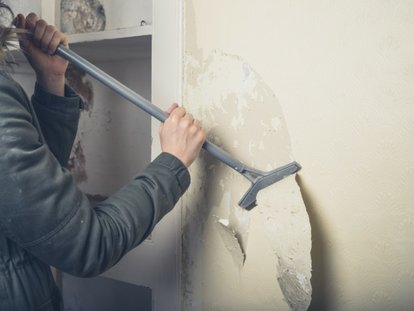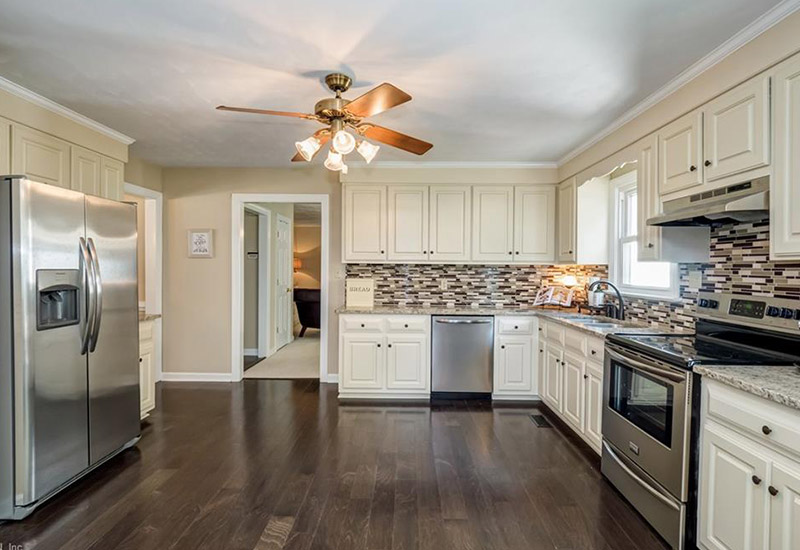If you have wallpaper in your home, chances are it’s outdated. If you’re looking to redesign your interior, there’s a few ways to go about switching up the walls. With wallpaper, you can either remove it or paint over it. Here are some things to consider when making the decision.
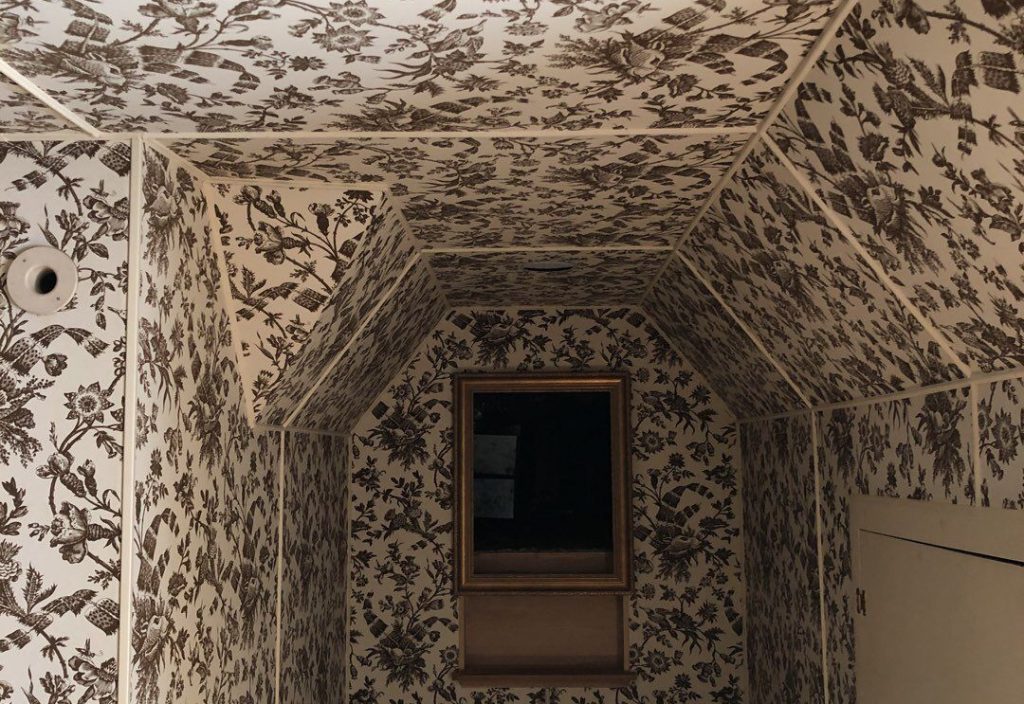
When to remove wallpaper: In general, removing the paper is a more permanent solution than just painting over it. If the wallpaper is beginning to peel off on its own, this is a sign to go through the removal process. Peeling wallpaper indicates that the glue is no adhesive and over time, will continue to get worse and worse. If you paint over wallpaper that is on its last legs, the moisture in the paint will continue to loosen the glue causing it to bubble.
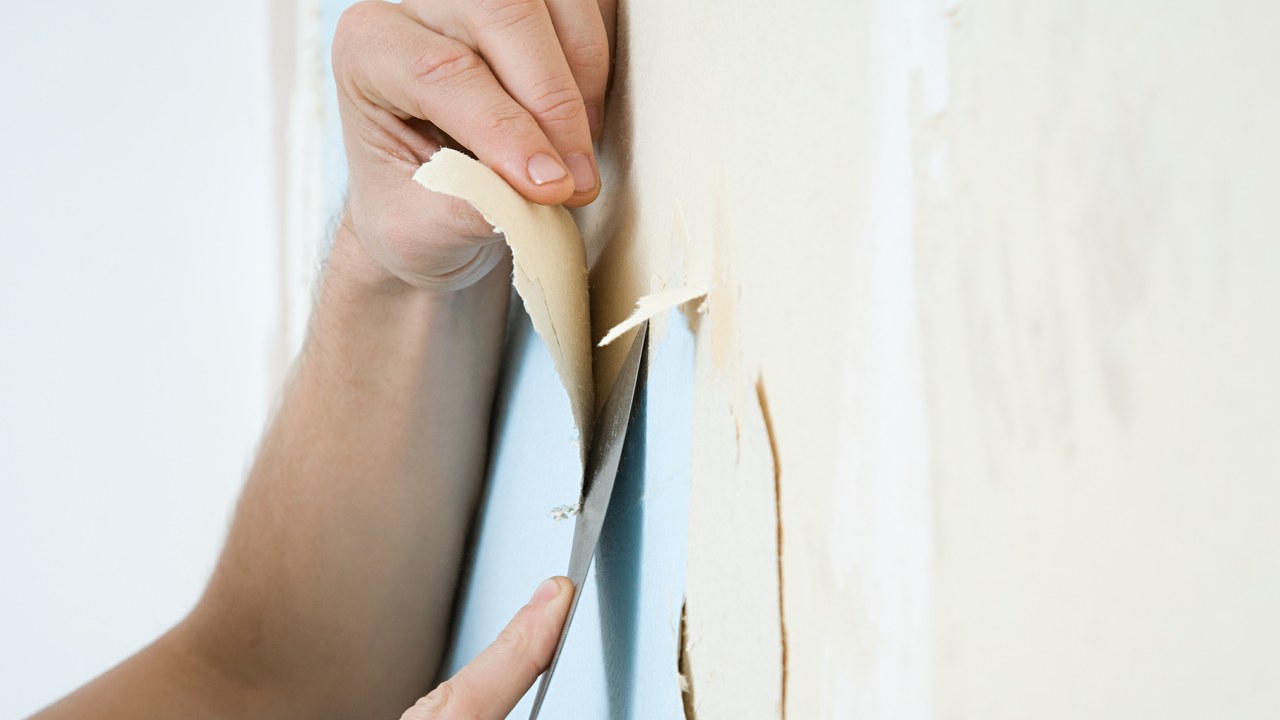
If you plan to be in the same home for years to come, it might make the most sense to remove the wallpaper sooner than later. Once wallpaper has been painted over, it is substantially more difficult to remove, so to save yourself the trouble down the road it might be worth it to get ahead of the obstacle. If there’s multiple layers of wallpaper and you’re trying to get down to the original surface, it’s important to remove only one layer at a time because you could damage the drywall or plaster underneath.
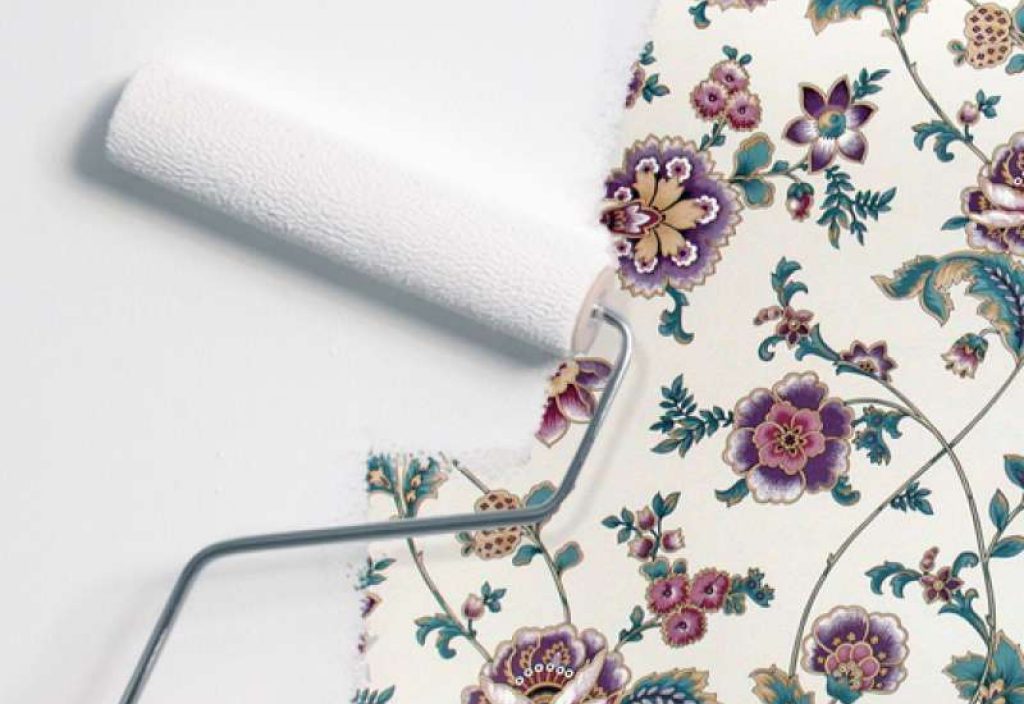
When to paint over wallpaper: We recommend trying to avoid this route, but there are certain instances when painting over the wallpaper may be your best option. Removing the wallpaper can be a long and annoying process, whereas painting over it provides an easy and quick fix. If there are numerous layers of wallpaper, the drywall or plaster underneath could get damaged, causing for a much bigger repair project. In this instance, it might be smarter to paint over the layers to avoid ruining the walls completely.
If there are sections of the wallpaper that are peeling, make sure you re-adhere them with a strong glue before painting. You’ll also want to sand down the seams and any texture from the paper that would show through the paint. If your wallpaper is textured, you should use spackle or caulk to smooth out the texture. It’s very important to use an oil-based primer that won’t break down the wallpaper glue. Securing the adhesive behind the primer will ensure that the moisture from the wall paint won’t cause bubbling or peeling in the future. Lastly, choose an oil-based paint as well if you can help it to minimize the damage from moisture.
Determining whether or not to remove wallpaper before painting can be a tough decision, but hopefully we made it a little bit easier with the pros and cons to consider.

